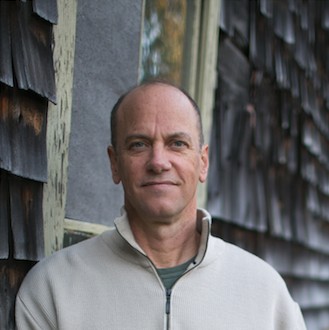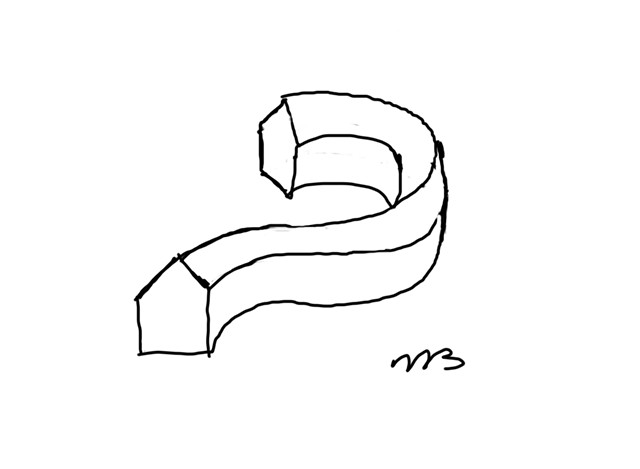Michael Belleau
Michael Belleau returned to his home state of Maine after studying in Boston and London. He worked in offices in Boston and throughout Maine on institutional, educational, governmental, and residential projects before spending a number of years in private practice. Currently he works at Knickerbocker Group in their Portland office.
A former commercial fisherman, Michael enjoys combining the poetics of physical movement in the presence of nature to create architecture. A graduate of Orono Maine High School, he is committed to building a better Maine.
Michael is a registered architect in Maine, has taught at the Boston Architectural College, teaches at University of Maine Augusta, has written many urban design articles about Maine for the Maine Sunday Telegram, was a member of the city of Portland's Green Building Initiative Task Force, was a 6 year Board Member of Architalx, a former YMCA Advisory Board member, a former youth basketball coach for YMCA, Portland Parks and Rec, Boys and Girls Club, and a local high school. He lives in the Portland area with his wife and their two sons.
Sustainable
Michael Belleau is an internationally Certified Passive House Designer, one of the world's most sustainable standards. Passive House requirements are based on using air tightness, insulation, passive solar gain, and minimizing thermal bridges to reduce the need to heat to almost nothing.
Philosophy
Architecture is the stage for man’s interaction with space and objects around him. Our minds process the information taken in through the senses and send reactive signals to our bodies for physical response and to our minds to create emotions and stimulate pattern searching.
It is the architect’s responsibility to create spaces that provide appropriate emotional states and patterns for the pleasure of the mind and comfort of the body.
The world is a constantly mutating organism, each pattern of growth and decay changing so that no such fixed state exists. This is true of our thoughts individually and collectively. Every interaction of one thought with another changes each thought into a new mutated one. The sciences of chaos, complexity, fuzzy logic and fractal mathematics attempt to identify the patterns of growth and change. Architecture must allow us to feel comfortable in the world we find ourselves. Thus, the places we create should allow for thoughts of constant mutation, recombination, dissolution and birth.
Every thesis implies an antithesis. As each thought bifurcates into ‘a’, and, ‘not a’, and the implications of the ‘not a’ give rise to a new modified ‘a’ thought, ‘b’, and thus to an opposite ‘not b’ thought, an infinite series of thoughts is implied. This is true of spatial thoughts for the architect. Thus, it is impossible to consider a platonic form as a complete thought for there is no such thing as completion.
Our minds operate as neural nets with an almost infinite number of connections between neurons. Thus each thought is like a cloud pattern. Memory consists of thicker synaptic connections and thus is a huge part of our perception. We should use memory to stimulate the emotions to create new combinations of perception and not as food for ideation. For history is a gift already given.
Architecture must guide patterns in the physical environment towards a healthier outcome through redirection and the occasional more aggressive spatial event.
My work seeks to harness this energy to enhance the users quality of life.



